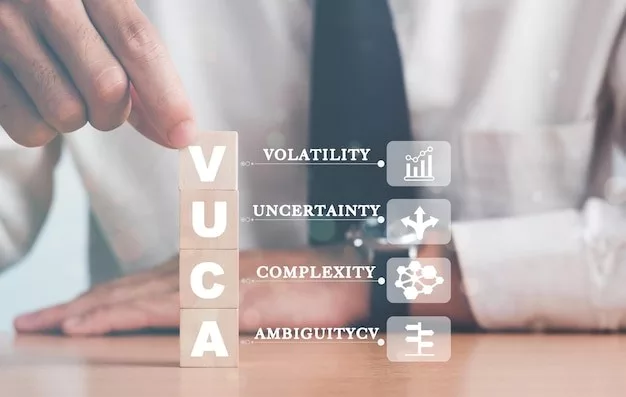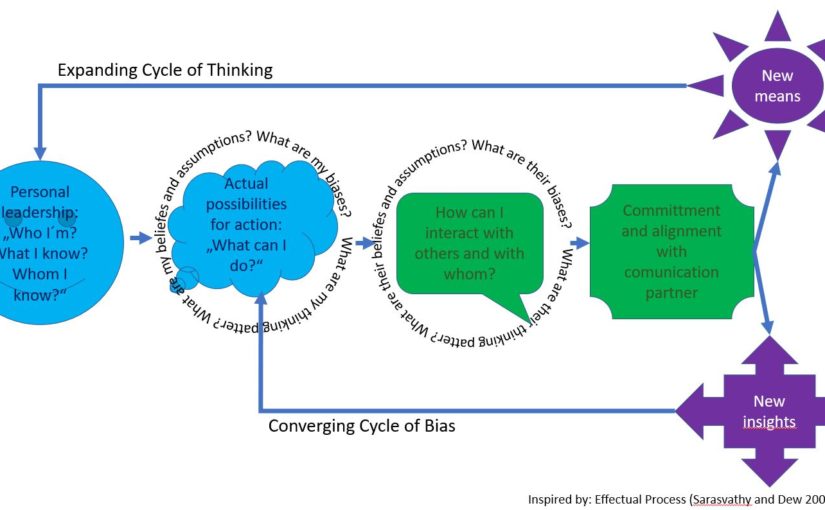The values of the agile Manifesto, focusing on humans and less on process. Which doesn’t mean that processes or plans are not valued, but they are, accordingly to the agile manifesto, less valued than human interactions.
Here are the four principles:
„Individuals and interactions over processes and tools.
Working software over comprehensive documentation
Customer collaboration over contract negotiation
Responding to change over following a plan“
(source: Manifesto for Agile Software Development (agilemanifesto.org))
With minor modifications, this can be used as a blueprint for all the changes we face, including organizational development.
One transfer-idea outside the software industry could be like this:
- Individual expertise and interactions versus processes and tools.
- Speaking and deep listening like peers across all hierarchical levels versus one-sided analysis in a select group
- Collaborating across hierarchies instead of lonely guidance from a select few
- Welcoming all ideas and changes instead of following a fixed and predefined plan.
In my eyes it would be good to use the „prophet in the own county“ as this person is part of the culture, knows better than anyone else, where the weaknesses are. With these four principles, we would turn those affected into involved, with the result that all changes are supported in the implementation and lived sustainably.
To summarize the above transfer-idea of the agile manifesto to the point:
The wisdom of changes lies in the organization and the people of the organization and not outside.
Therefore, listen to the people in your organization, observe the way of interactions during meetings on the corridor. Listen to the unspoken words and the signals in your organization, and focus less on documents and processes. Documents and processes are needed and important, but they are in my eyes not the holy grale, it’s more the question of balance.



